Home>Gardening & Outdoor>Outdoor Structures>How To Make A Shipping Container Look Like A Shed
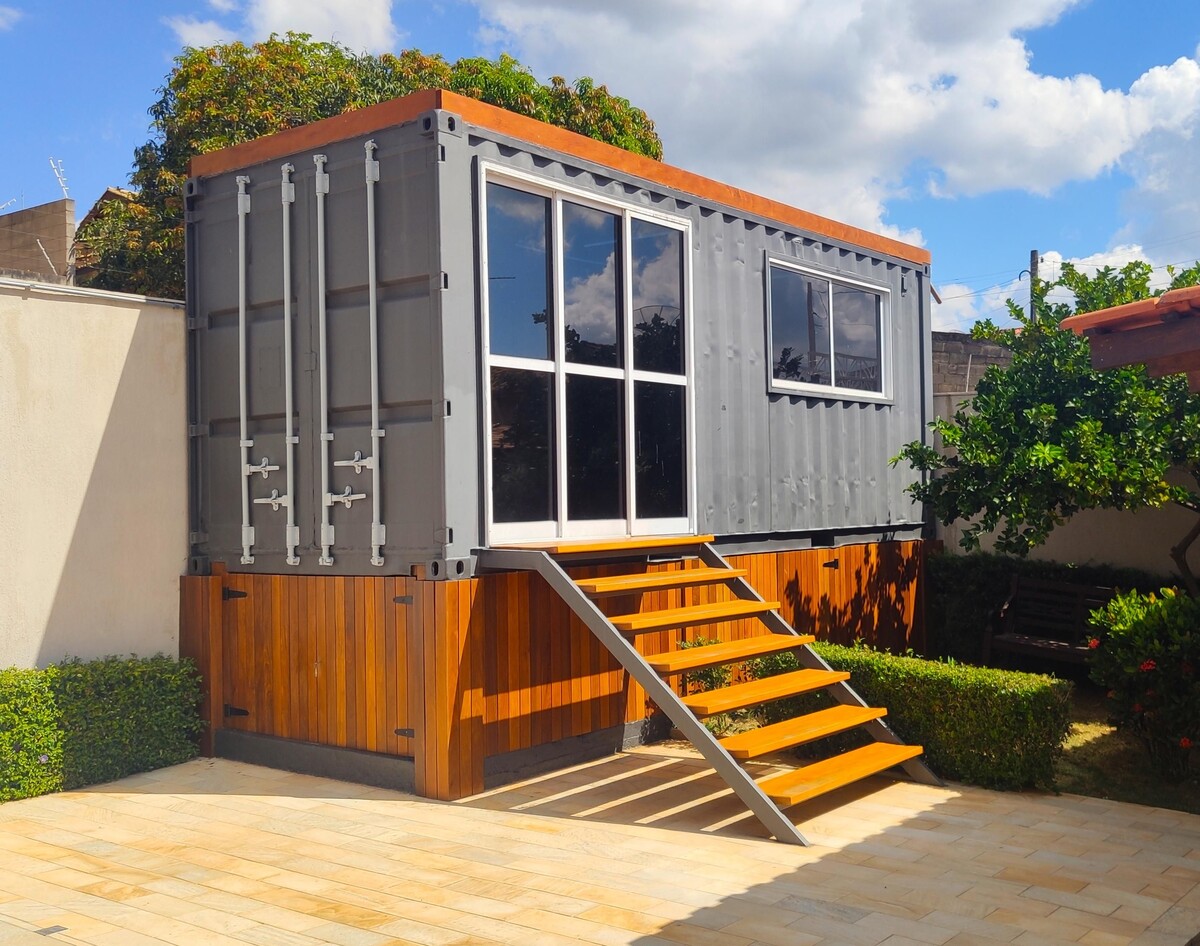

Outdoor Structures
How To Make A Shipping Container Look Like A Shed
Published: January 20, 2024
Learn how to transform a shipping container into a stylish shed with our outdoor structures guide. Find tips and inspiration for your DIY project.
(Many of the links in this article redirect to a specific reviewed product. Your purchase of these products through affiliate links helps to generate commission for Storables.com, at no extra cost. Learn more)
**
Introduction
**
Shipping containers are versatile, durable, and readily available, making them an excellent choice for repurposing into sheds. With a bit of creativity and effort, you can transform a standard shipping container into a functional and aesthetically pleasing shed for your outdoor space. Whether you need extra storage, a workshop, or a unique backyard retreat, converting a shipping container into a shed offers a cost-effective and sustainable solution.
In this comprehensive guide, we will walk you through the step-by-step process of transforming a shipping container into a shed that not only serves its practical purpose but also enhances the visual appeal of your property. From selecting the right container to adding custom features and finishing touches, you'll learn how to make the most of this innovative approach to outdoor structures.
So, roll up your sleeves, unleash your creativity, and get ready to embark on an exciting journey of repurposing a shipping container into a remarkable shed that reflects your style and meets your functional needs. Let's dive into the first step: choosing the right container for your project.
**
Key Takeaways:
- Repurposing a shipping container into a shed involves choosing the right container, preparing it, customizing the exterior, adding doors and windows, and insulating the interior to create a functional and stylish outdoor structure.
- Transforming a shipping container into a shed is a creative and rewarding process that allows for personalization, sustainability, and the creation of a versatile and inviting space for various activities.
Read more: What Does A Shed Look Like
Step 1: Choose the Right Container
**
When it comes to repurposing a shipping container into a shed, selecting the right container is the crucial first step. Here are some key considerations to keep in mind:
Size and Dimensions:
Begin by determining the size and dimensions that will best suit your needs. Standard shipping containers come in various sizes, with 20-foot and 40-foot options being the most common. Consider the available space on your property and the intended use of the shed to decide on the appropriate size.
Condition:
Inspect the container for any signs of damage, rust, or structural issues. While minor wear and tear can be addressed during the conversion process, it's essential to choose a container that provides a solid foundation for your shed project.
Material and Quality:
Opt for a container made of high-quality steel to ensure durability and longevity. Look for containers that are wind and watertight, as this will contribute to the structural integrity of the shed once it's converted.
Delivery and Placement:
Consider the logistics of delivering the container to your property and the placement location. Ensure that there is sufficient space for the delivery vehicle to maneuver and place the container in the desired spot.
Regulations and Permits:
Check local regulations and permit requirements for placing a shipping container on your property. Some areas may have restrictions or specific guidelines for using shipping containers for non-transport purposes.
By carefully evaluating these factors, you can choose a suitable shipping container that forms the foundation of your shed project. Once you have secured the ideal container, you can move on to the next step: preparing the container for transformation.
**
Step 2: Prepare the Container
**
Preparing the shipping container for its new role as a shed involves several essential tasks to ensure a smooth and successful conversion process. Here’s what you need to do:
Clean and Inspect:
Begin by thoroughly cleaning the interior and exterior of the container. Remove any dirt, debris, or residues left from its previous use. Inspect the container for signs of corrosion, dents, or areas requiring repairs. Address any structural issues and treat any rust to prevent further deterioration.
Sealing and Ventilation:
Seal any gaps, holes, or seams to make the container airtight and watertight. Proper sealing is crucial for maintaining a comfortable and climate-controlled interior once the shed is completed. Additionally, plan for adequate ventilation to prevent moisture buildup and ensure air circulation within the shed.
Foundation and Leveling:
Determine the foundation for the container shed, ensuring that it is level and stable. Depending on your preference and local building codes, options for the foundation may include concrete footings, piers, or a reinforced gravel pad. Properly anchoring the container to the foundation is essential for structural integrity.
Utilities and Access:
Consider the placement of utility connections such as electricity, lighting, and plumbing if applicable. Plan for access points and openings that align with the intended use of the shed. This may involve cutting and reinforcing openings for doors, windows, and utility installations.
Surface Preparation:
Prepare the exterior surface of the container for customization. Whether you plan to paint, apply cladding, or add other exterior finishes, proper surface preparation is essential for ensuring adhesion and a professional, long-lasting result.
By meticulously preparing the shipping container, you set the stage for the exciting phase of customizing the exterior to reflect your personal style and complement your property. Once the container is primed and ready, you can move on to the next step: transforming its exterior to resemble a traditional shed.
**
Step 3: Customize the Exterior
**
Transforming the exterior of the shipping container is where the creative process truly takes shape. Customizing the exterior allows you to infuse personality and style into the shed, seamlessly integrating it with its surroundings. Here are the key elements to consider:
Exterior Finishes:
Consider options for cladding, siding, or painting the exterior to achieve the desired aesthetic. Wood cladding can impart a rustic charm, while metal siding offers a modern industrial appeal. Painting the container in harmonizing colors can blend it with existing structures or create a striking focal point in your outdoor space.
Roofing Solutions:
Explore roofing options to cover the container and provide protection from the elements. Traditional shingles, metal roofing, or a green roof installation can enhance the shed’s visual appeal while ensuring weather resistance and insulation.
Architectural Details:
Incorporate architectural elements such as eaves, gables, or decorative trims to mimic the appearance of a conventional shed. These details not only enhance the shed’s aesthetics but also contribute to its integration with the overall design of your property.
Exterior Accents:
Add personal touches such as flower boxes, shutters, or decorative hardware to infuse charm and character into the shed’s exterior. These accents can create a welcoming and inviting facade, elevating the visual impact of the container shed.
Landscaping Integration:
Consider the surrounding landscape and integrate the shed seamlessly into its environment. Strategic placement, pathways, and landscaping features can enhance the cohesive look of the container shed within your outdoor space.
By customizing the exterior of the shipping container, you can effectively disguise its industrial origins and create a shed that harmonizes with your property’s style and landscape. Once the exterior transformation is complete, it’s time to focus on adding doors and windows to enhance functionality and aesthetics.
**
Consider adding siding, a pitched roof, and windows to your shipping container to give it a shed-like appearance. You can also paint it to match your existing shed or house for a cohesive look.
Step 4: Add Doors and Windows
**
Integrating doors and windows into the shipping container shed is a pivotal step that enhances its functionality, aesthetics, and livability. Here’s how you can seamlessly incorporate these essential elements:
Door Selection:
Choose a suitable entry door that aligns with the shed’s intended use and complements its exterior design. Options range from traditional hinged doors to sliding or roll-up doors, offering versatility and space-saving benefits. Consider factors such as security, weather resistance, and ease of access when selecting the ideal door.
Window Placement:
Strategically position windows to introduce natural light and ventilation into the shed. Windows not only brighten the interior but also create a welcoming ambiance. Consider the shed’s orientation and the surrounding views when determining the placement and size of windows.
Custom Openings:
If the container’s original structure does not accommodate standard door and window sizes, custom openings may need to be created. This process involves reinforcing the container’s frame, cutting precise openings, and installing appropriate framing to ensure structural integrity and weatherproofing.
Weatherproofing and Insulation:
Ensure that doors and windows are properly sealed and insulated to prevent air leaks, moisture intrusion, and heat loss. Proper weatherproofing and insulation contribute to the shed’s energy efficiency, comfort, and protection from the elements.
Security and Hardware:
Install secure locks, latches, and window hardware to safeguard the shed’s contents and provide peace of mind. Choose hardware that complements the shed’s overall aesthetic while offering durability and functionality.
By adding doors and windows to the shipping container shed, you not only enhance its visual appeal but also create a welcoming and functional space that can serve a variety of purposes. With the shed now equipped with essential entry points and natural light sources, the focus shifts to insulating and finishing the interior to create a comfortable and inviting environment.
**
Read more: How To Make A Shed Look Nice
Step 5: Insulate and Finish the Interior
**
Insulating and finishing the interior of the shipping container shed is the final phase of the transformation, turning the utilitarian structure into a comfortable and inviting space. Here’s how you can complete this essential step:
Insulation Materials:
Select insulation materials suitable for the interior space, considering factors such as climate, moisture resistance, and thermal performance. Options include spray foam, rigid foam boards, or fiberglass insulation, each offering unique benefits for creating a well-insulated environment.
Installation Process:
Carefully install the chosen insulation material to cover the container’s interior walls and ceiling. Ensure proper sealing of gaps and seams to create a continuous thermal barrier. Additionally, insulate around doors and windows to minimize heat transfer and enhance energy efficiency.
Interior Finishes:
Choose interior finishes that align with the shed’s purpose and your design preferences. From drywall and paneling to reclaimed wood or metal accents, the interior finishes contribute to the shed’s overall aesthetic and comfort. Consider moisture-resistant materials for durability in varying environmental conditions.
Electrical and Lighting:
Plan and install electrical wiring, outlets, and lighting fixtures to accommodate the shed’s functional needs. Whether it’s a workshop, storage space, or a cozy retreat, adequate lighting and power sources enhance usability and convenience within the shed.
Storage and Organization:
Integrate storage solutions and organizational features to maximize the shed’s utility. Custom shelving, cabinets, and workbenches can optimize the interior space, keeping tools, equipment, and supplies neatly arranged and easily accessible.
By insulating and finishing the interior of the shipping container shed, you create a versatile and comfortable space that transcends its industrial origins. The completed interior offers a welcoming environment for a variety of activities, from pursuing hobbies to storing belongings or simply enjoying a peaceful retreat. With the interior transformation accomplished, the shipping container shed stands ready to fulfill its intended purpose while enhancing the appeal of your outdoor space.
**
Conclusion
**
Repurposing a shipping container into a shed offers a unique and rewarding opportunity to create a functional, stylish, and sustainable outdoor structure. From the initial selection of the container to the final touches on the interior, each step of the transformation process contributes to the shed’s overall appeal and usability.
By carefully choosing the right container and preparing it for customization, you set the stage for a successful conversion. Customizing the exterior allows you to infuse personality and charm into the shed, seamlessly integrating it with your property’s aesthetic. Adding doors and windows enhances functionality and livability, while insulating and finishing the interior creates a comfortable and inviting space for various activities.
Throughout this journey, your creativity, resourcefulness, and attention to detail play a pivotal role in shaping the container shed into a remarkable addition to your outdoor space. Whether it serves as a storage solution, a workshop, a studio, or a cozy retreat, the transformed shipping container shed stands as a testament to your vision and ingenuity.
As you admire the completed shed, take pride in the fact that you’ve not only repurposed a durable shipping container but also contributed to sustainable building practices. By giving new life to an existing structure, you’ve embraced innovation and eco-conscious design, making a positive impact on the environment.
So, as you step into your newly transformed shipping container shed, bask in the satisfaction of a project well-executed. Embrace the versatility, functionality, and character that this unique outdoor structure brings to your property, and revel in the countless possibilities it offers for enhancing your outdoor lifestyle.
With the shipping container shed now a cherished feature of your outdoor space, you’ve demonstrated the remarkable potential of repurposing and reimagining structures to create something truly extraordinary.
Frequently Asked Questions about How To Make A Shipping Container Look Like A Shed
Was this page helpful?
At Storables.com, we guarantee accurate and reliable information. Our content, validated by Expert Board Contributors, is crafted following stringent Editorial Policies. We're committed to providing you with well-researched, expert-backed insights for all your informational needs.

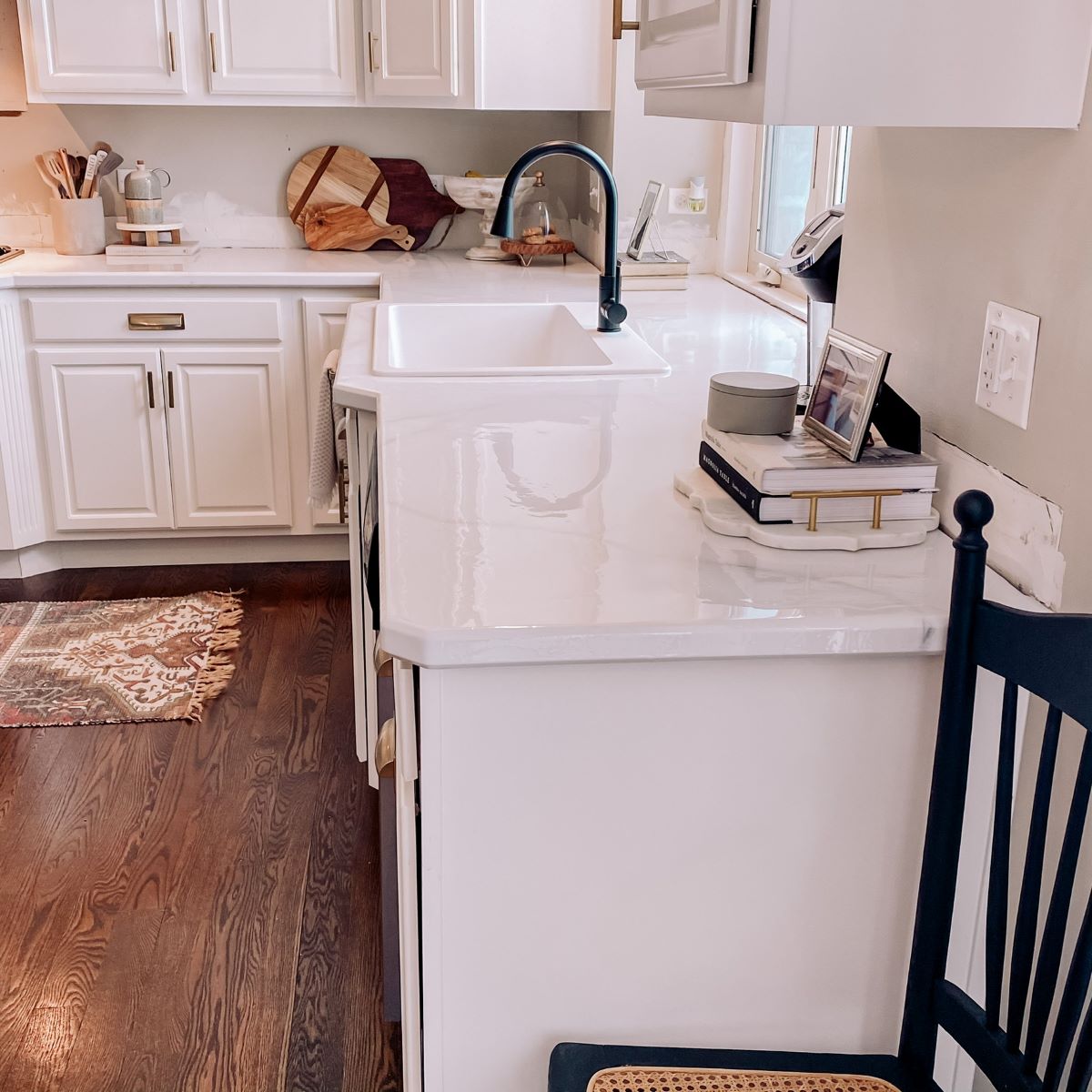
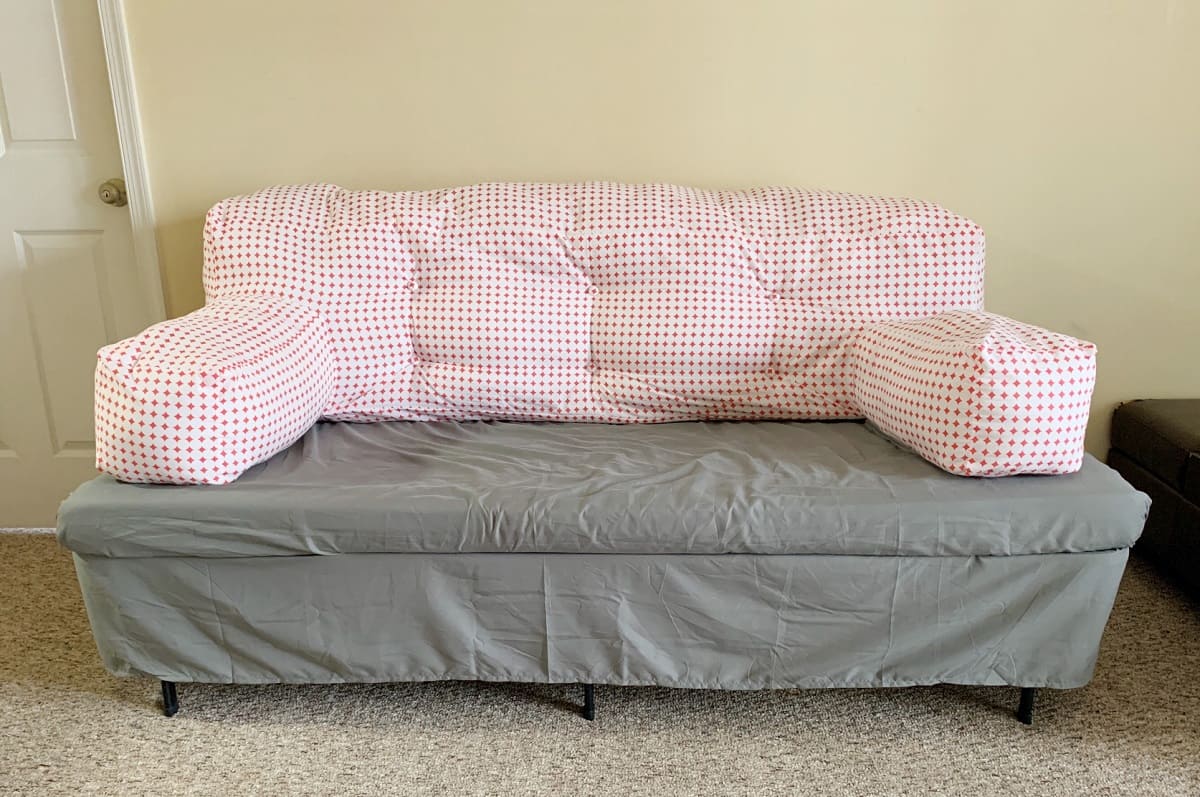
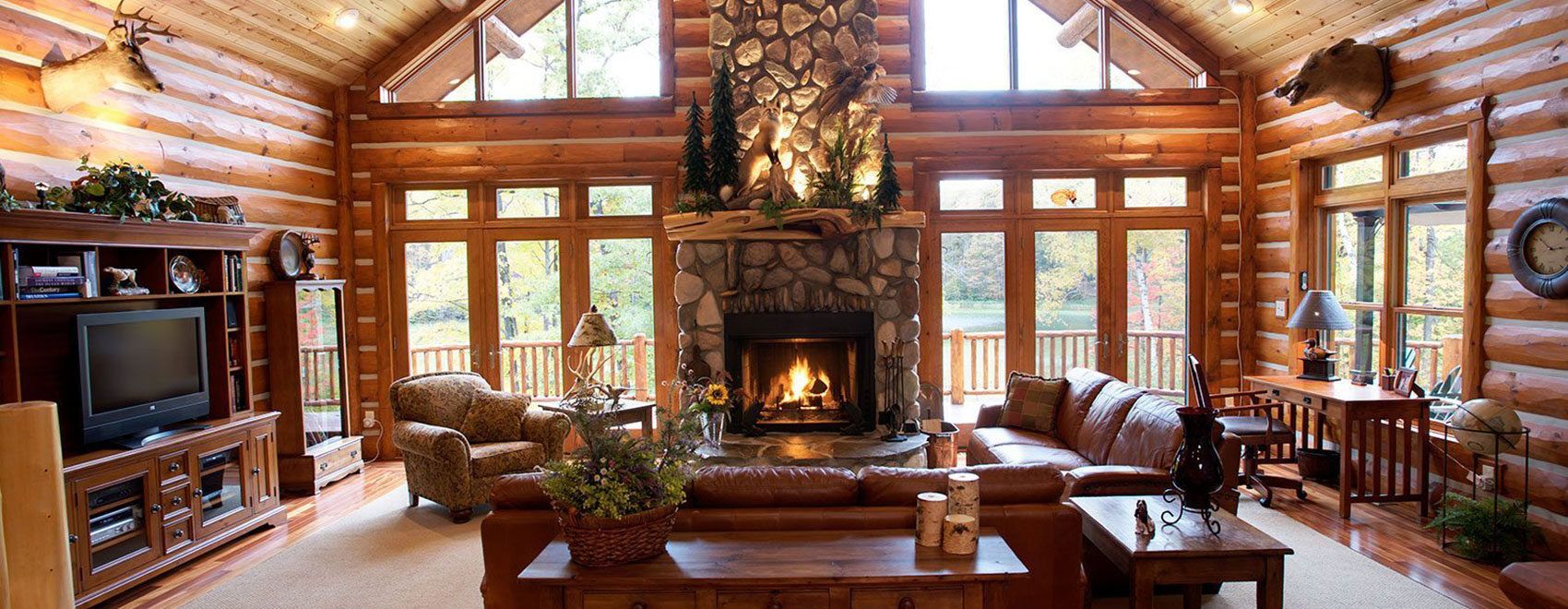
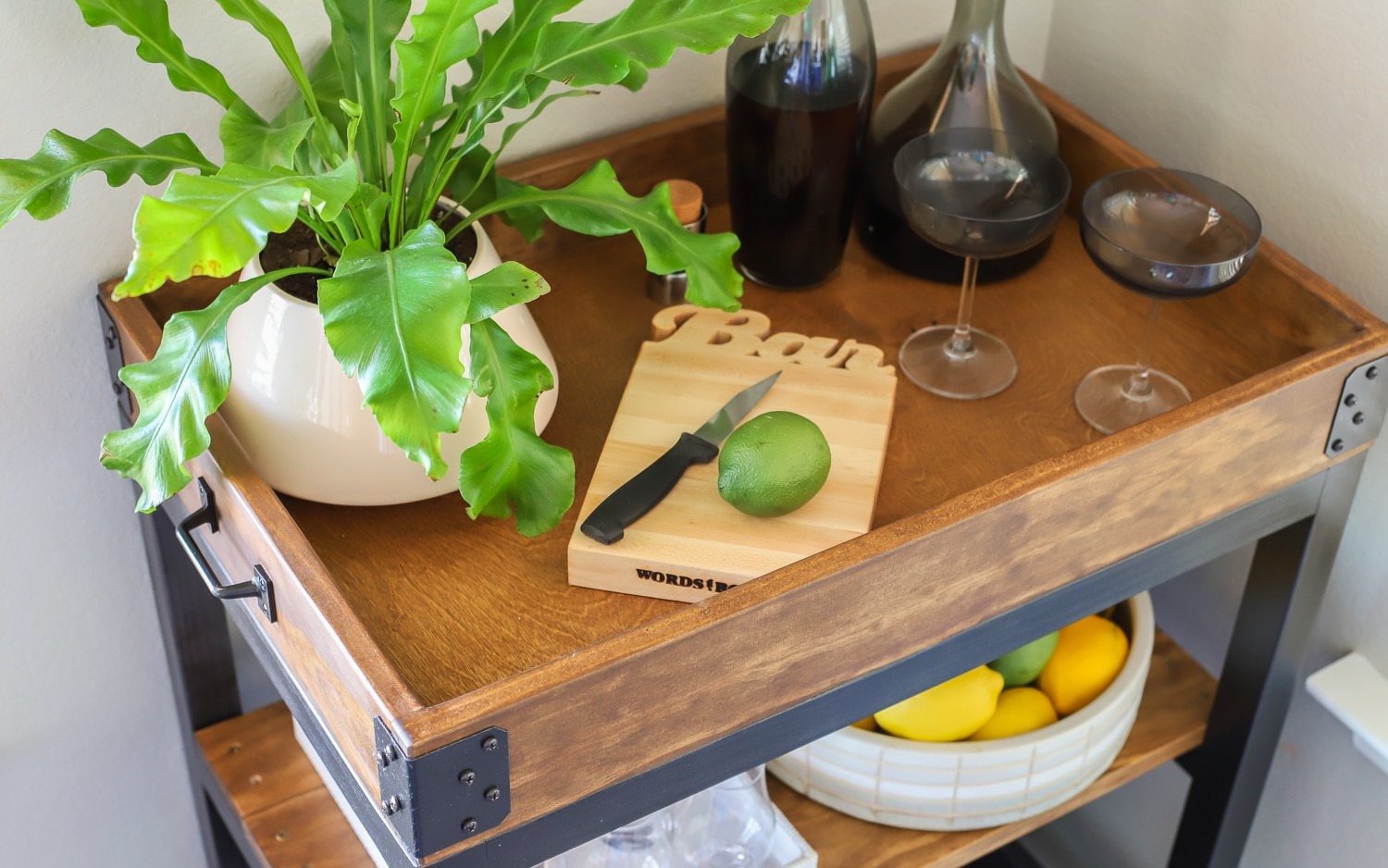

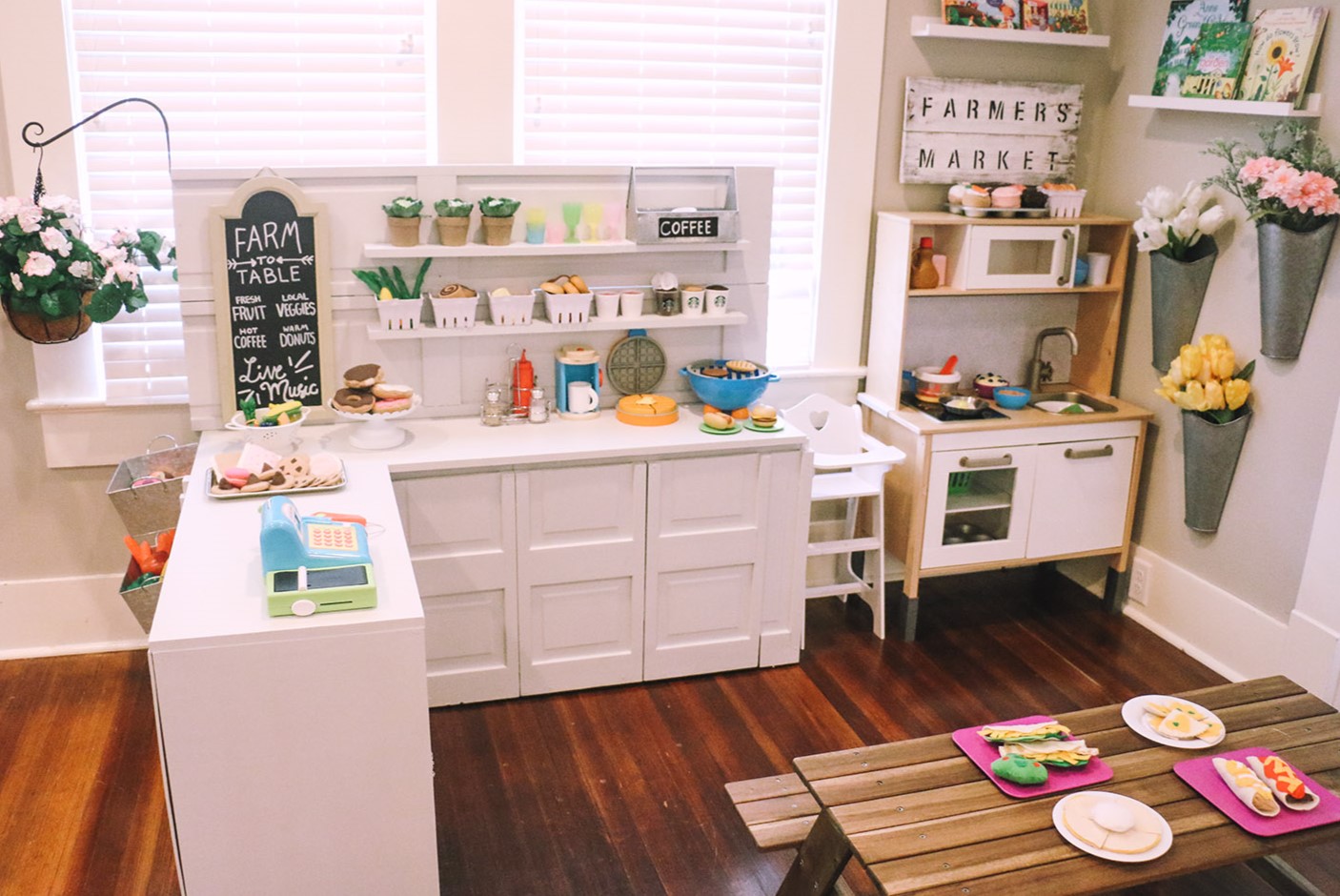
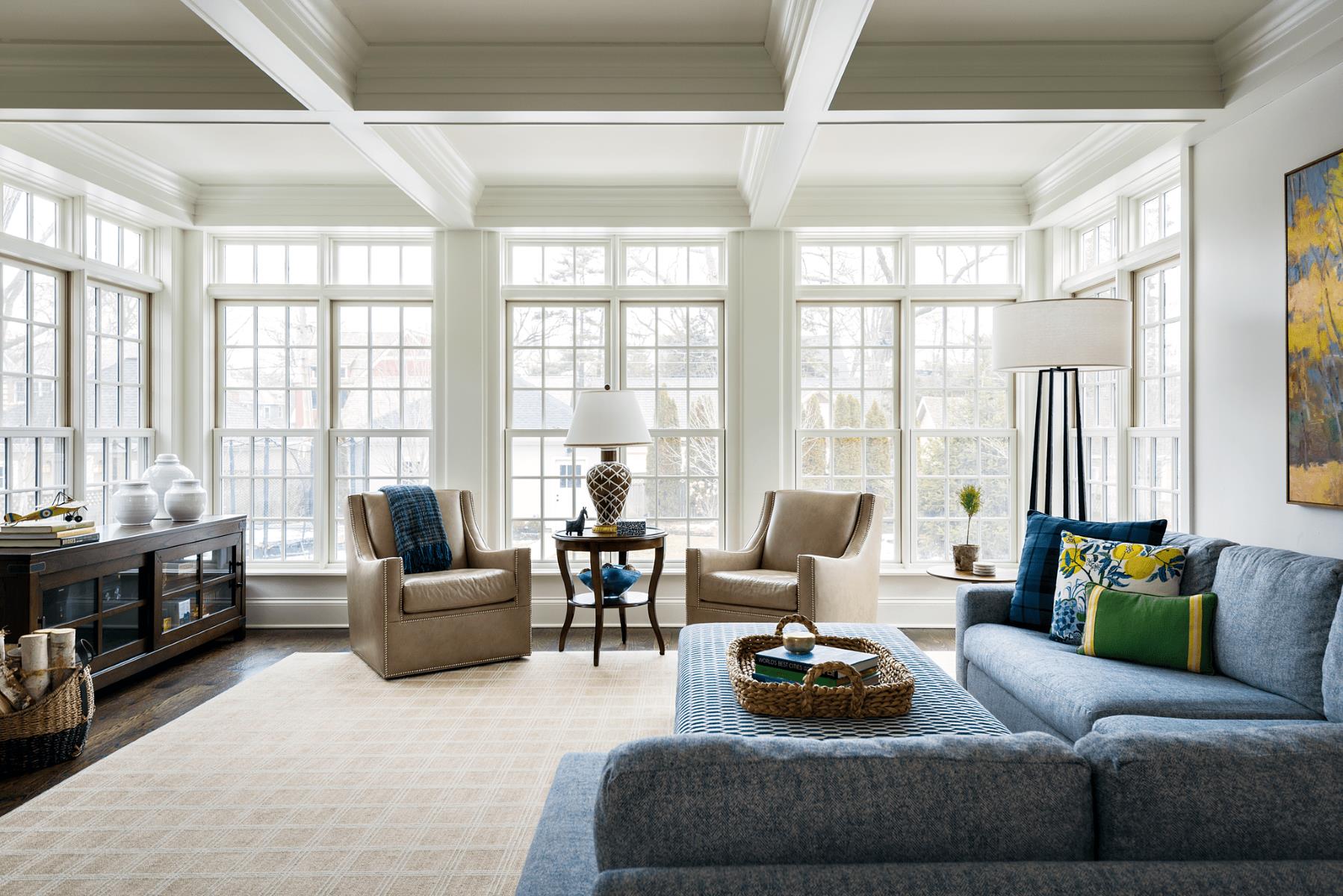



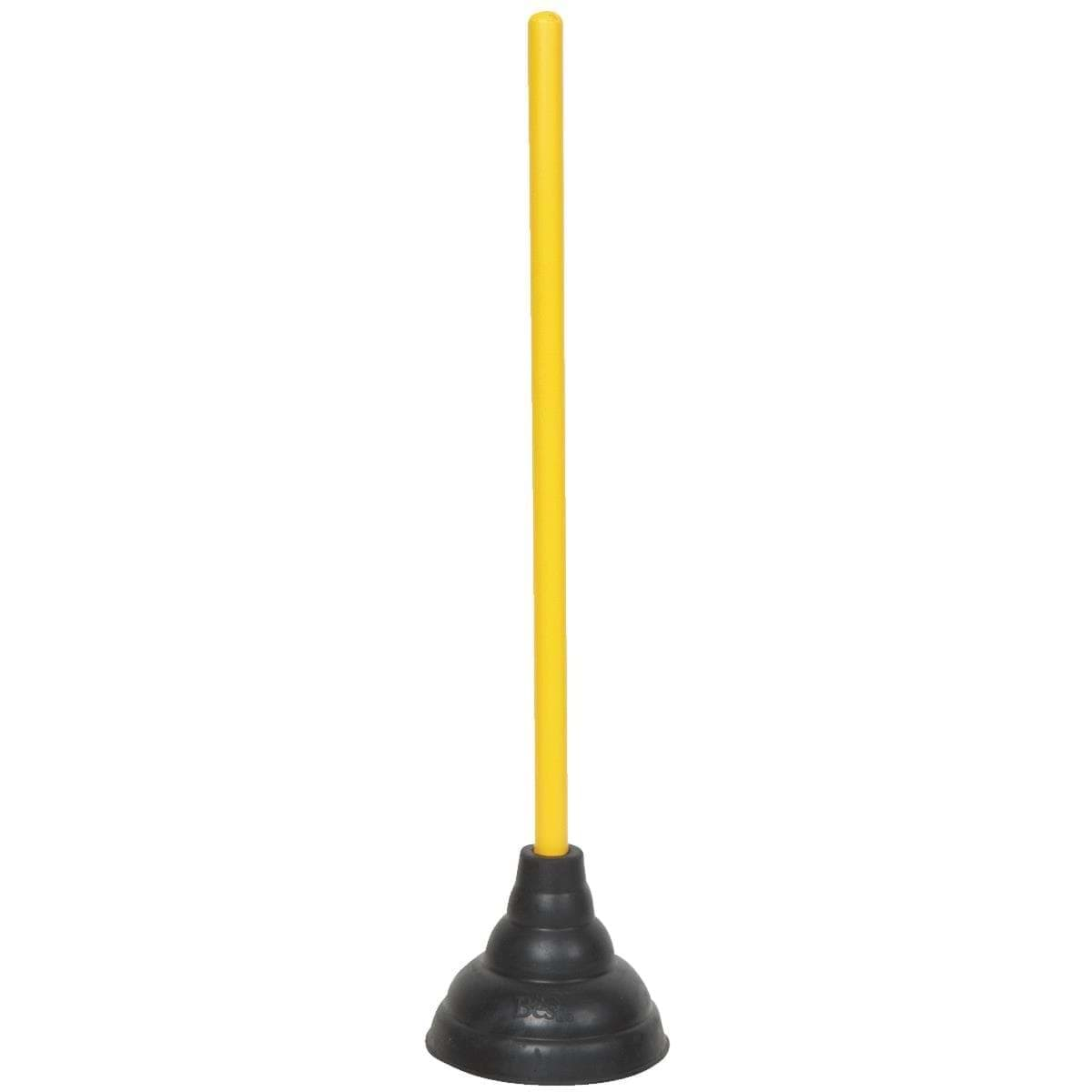



0 thoughts on “How To Make A Shipping Container Look Like A Shed”